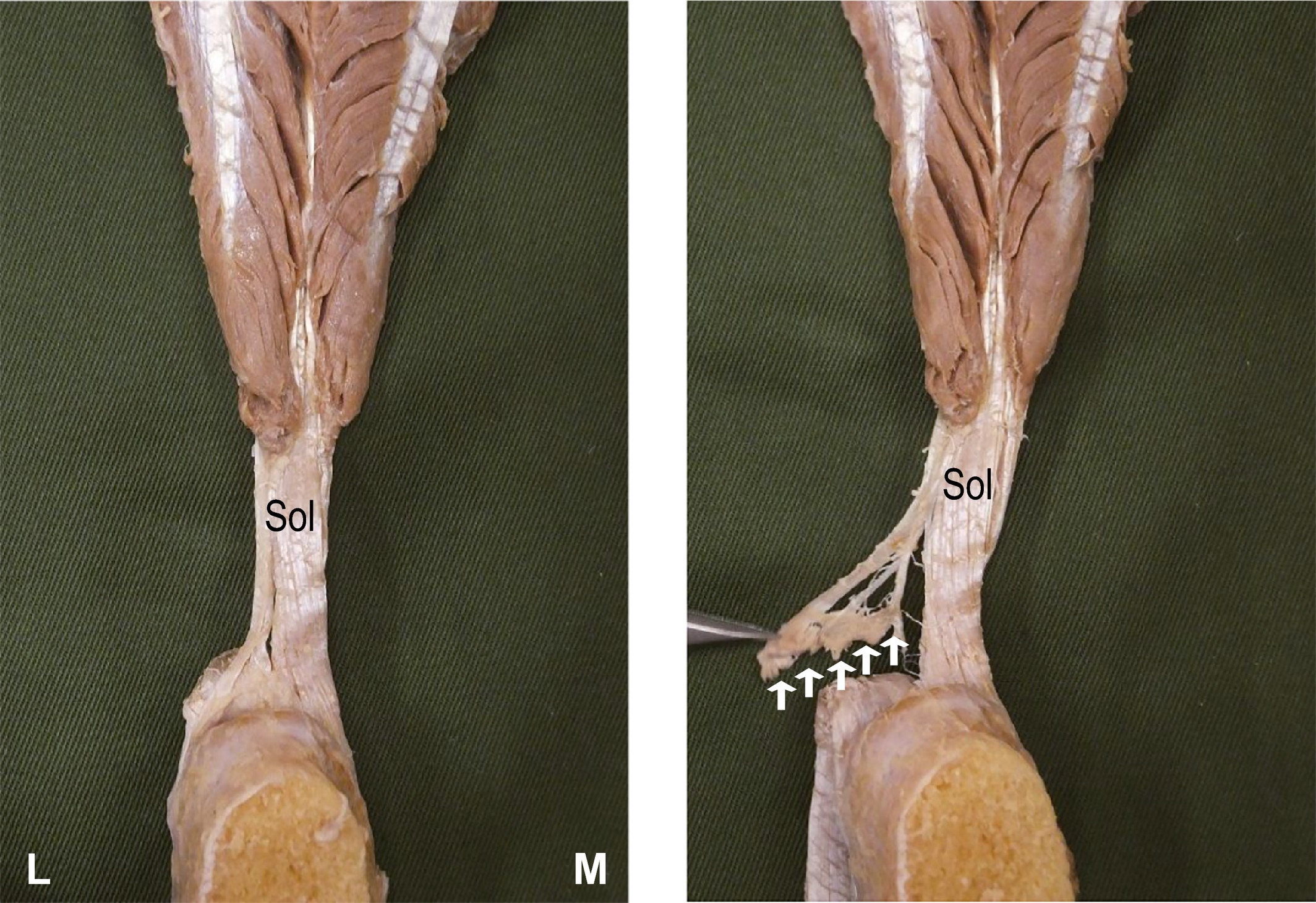Hey there, fellow runners! It’s James here, and we’re kicking off our running journey with Week 1: Education and Awareness. In this installment, we’re going to break down the Achilles tendon, decipher those signals your body sends, and uncover some everyday running habits that might not be doing your Achilles any favors. So, lace up your shoes, and let’s get started!
Diving into Achilles Tendon Anatomy
First things first, let’s demystify the Achilles tendon, aka your “heel cord.” Picture it as the bridge connecting your calf muscles to your heel bone. It’s like the power line that makes every stride possible. Understanding your Achilles from the inside out is key to taking good care of it.

This tendon is primarily made up of tough collagen fibers, built to handle some serious stress. But just like anything else, it can get grumpy if you mistreat it. Overuse, sudden training spikes, or wonky mechanics can put the Achilles at risk, leading to issues like Achilles tendinopathy or even a full-blown rupture.

Getting the Signal: Discomfort vs. Injury
Now, let’s chat about understanding what your body is telling you during those runs. We’re all about pushing our limits, but it’s crucial to tell discomfort apart from injury signals.
Discomfort is like your body’s way of saying, “Hey, we’re working here!” It’s that feeling when your muscles are engaged, your heart is racing, and you’re alive and kicking. Embrace discomfort—it’s a sign you’re growing stronger. But, here’s the catch: don’t let it turn into something worse.
Injury signals, on the other hand, are like red flags waving in the wind. These signals include sharp pain, lingering discomfort that doesn’t ease up with rest, swelling, heat and funky changes in your running form. Ignoring these signals is like asking for trouble, so tune in to your body. If it’s not feeling right, it probably isn’t. Sometime using the below diagram to evaluate your symptoms can help.

Nipping Achilles Troublemakers in the Bud
As runners, we’re creatures of habit, and some of those habits might be playing tricks on our Achilles. Let’s shed some light on common running habits that can spell trouble:
- Overtraining: We’ve all been there, chasing those goals with all our might. But overdoing it can lead to overuse injuries, like Achilles tendinopathy. Remember, rest is just as important as those intense workouts. The rule of Too’s is important – too much, too soon, too often, too hilly, too fast etc
- Skipping Warm-Ups and Cool-Downs: Rushing through warm-ups and cool-downs is like skipping dessert—it leaves you wanting more. A good warm-up gets your muscles ready, and a proper cool-down prevents post-run stiffness.
- Worn-Out Shoes: Your running shoes are like trusty sidekicks. But when they’re worn-out, they lose their superpowers. Old shoes lack cushioning and support, putting extra stress on your Achilles. Also the new carbon footwear can change the normal stresses from the ankle and place them on the large toe. We know from the anatomy above that any shortening of the plantar fascia can directly affect the achilles.
- Biomechanical errors: Your running form matters more than you think. Things like high pronation or constant heel striking can strain your Achilles. Also the gastrocnemius is more strained during forefoot running as the muscle system required is the calves and quadriceps to propel you forward.A gait analysis can help you identify and fix these issues. We do these in the clinic – call 01224 900102 to ask to be booked on the next available gait analysis session at SPEAR.
- Sudden Intensity Boosts: Rapidly ramping up your training intensity or mileage is like slamming the gas pedal. It might give you a thrill, but it can also lead to overuse injuries. Gradual progress is the name of the game. Remember the rule of Toos!!
- Ignoring Strength and Flexibility: Your Achilles needs some love from your calf muscles and ankle flexibility. Don’t skip those strength and flexibility exercises.
To wrap it up, Week 1 is all about laying the foundation for a fantastic, injury-free running adventure. Knowing your Achilles, recognizing discomfort vs. injury signals, and spotting risky running habits are vital steps. Remember, it’s not just about the finish line; it’s the entire journey that counts. We combine the above theory with the first class of the series focusing on gradually loading the achilles tendon. The class is available to the physiorun Resource Centre subscribers. The monthly cost of £5 means you will get all the classes for £1.25 – Bargain.
Stay tuned for Week 2, where we’ll dive into the art of choosing the right footwear and explore strategies to keep your Achilles happy and healthy. Until then, keep learning!
Happy running, folks!
Thanks For Reading
James
